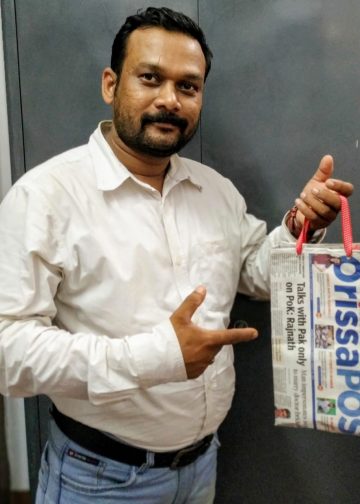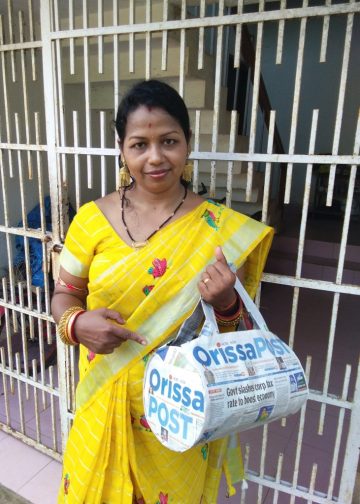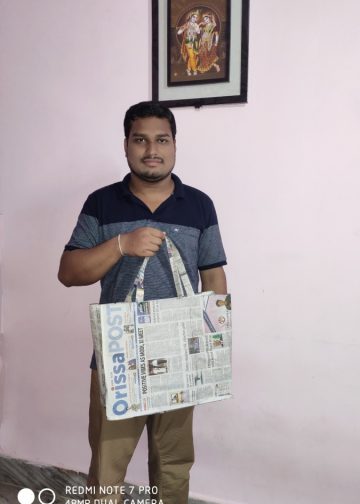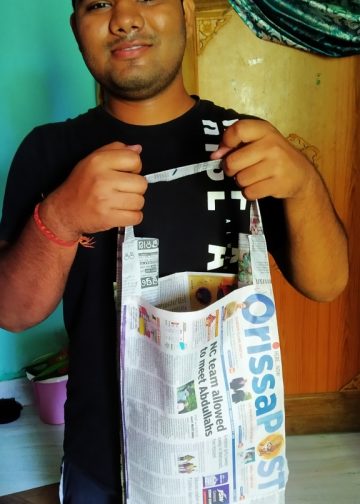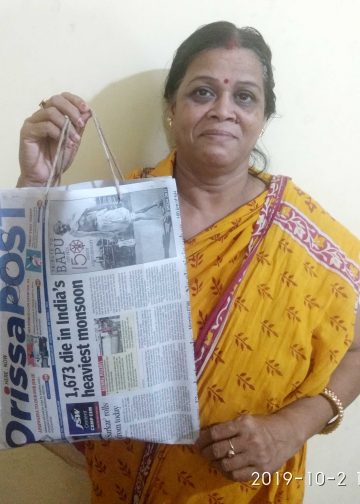n What is stroke?
n Stroke is nothing but a brain attack and is similar to a heart attack. Stroke occurs when blood supply to the brain gets cut off. Without blood the brain cells die or get damaged. This damage can have different effects depending on the area of the brain affected. Strokes can cause paralysis of limbs, face, loss of vision, speech and loss of consciousness.
n Why is it important to know about strokes?
n Stroke is the fourth leading cause of death and suffering after heart disease, cancer and road accidents. Worldwide there are 17 million strokes and 6.5 million deaths every year. It can happen at any age. There are treatments available that can reverse the paralysis if diagnosis is carried out within six hours.
n How many types of strokes are there?
n There are two types of strokes. Around 85 per cent are Ischemic strokes which occur due to the blocking of blood supply to the brain. The other is hemorrhagic stroke caused by sudden bleeding inside the brain.
n What are the risk factors for strokes?
n The main risk factors are uncontrolled diabetes, hypertension, dyslipidemia (high blood cholesterol), alcoholism, smoking, obesity and consumption of unhealthy foods and genetic factors.
n How to know that a person has stroke?
n If anybody suddenly experiences paralysis in the limbs, face, loses vision, speech or has sudden change of voice or becomes unconscious after a headache, he/she might be having stroke. Then the brain must be imaged to diagnose the problem.
n How can we be sure that it is stroke?
n By doing a CT or MRI scan of the brain. MRI is the best. It can detect even a minor stroke. CT scan is best for brain haemorrhage. Other tests are DSA, brain vessel ultrasound and Doppler.
n What is a minor stroke or mini stroke?
n Sometimes stroke symptoms last for less than 24 hours. This is known as TIA (Transient Ischemic Attack). The symptoms improve vanish completely within 24 hours.
n How are strokes treated?
n Treatment depends on the type of stroke. Usually strokes are treated by Thrombolysis, Antiplatelets and by treating the complications. This is followed by supportive therapy and physiotheapy. Thrombolysis means dissolving the clot that chokes the brain’s blood vessels. This can be done if the patient reaches hospital within three to four hours after a stroke. It is available only at advanced centres. So it is better to prevent strokes than treat it.
Stroke prevention is the collective responsibility of all individuals, health professionals and the government. This will reduce the stroke burden, mortality and disabilities. Hence on this World Stroke Day, three things are being targeted to prevent strokes.
They are awareness of strokes, access to stroke care and action by health professionals.










